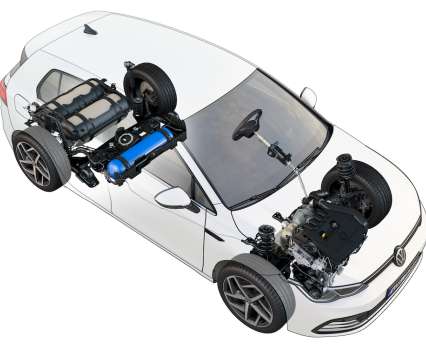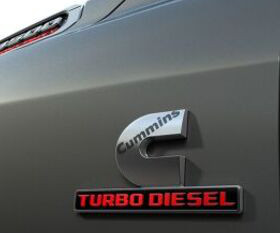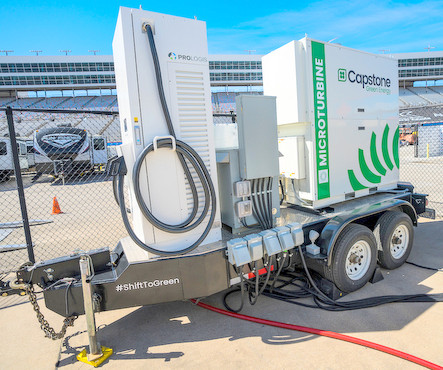PowerDriver simulations predict thermoelectric exhaust waste heat recovery output of 300W, -2.5% in fuel consumption; prototyping begins
Green Car Congress
AUGUST 22, 2013
The European Union-funded PowerDriver project—a two-year, €3-million (US$4-million) research project initiated in February 2012 to turn exhaust gas waste heat into electricity using thermoelectric generator (TGEN) technology—has completed simulation work on on a potential automotive application.







































Let's personalize your content